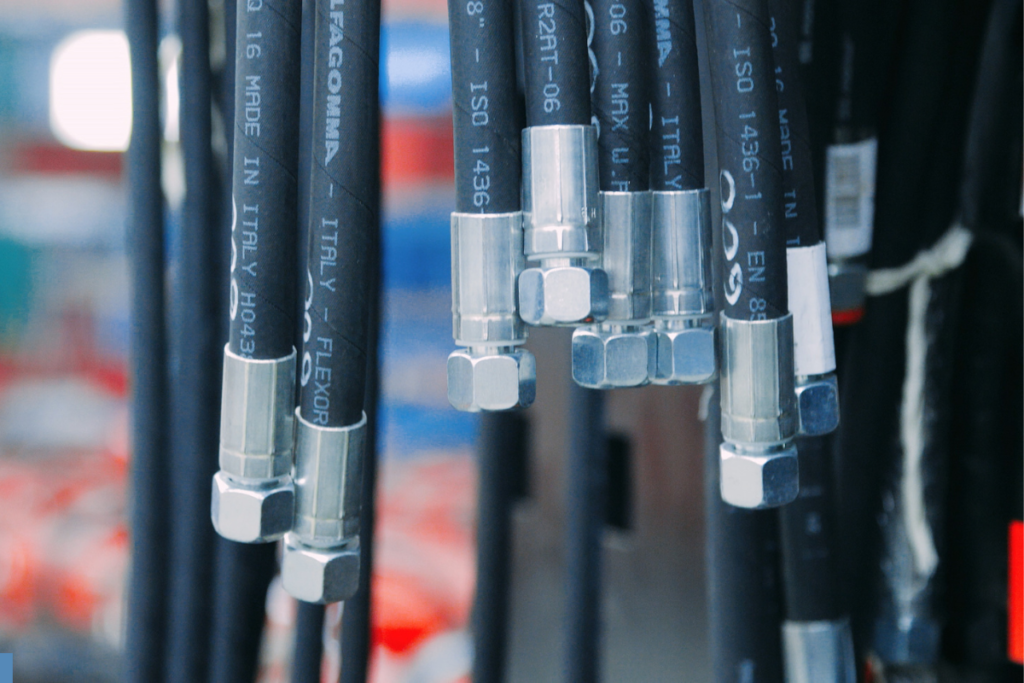A guide to quick release couplings
/ 2
What is a quick release coupling?
Also known as a quick disconnect coupling, quick release couplings are devices that allow the user to quickly connect and disconnect fluid or air lines within hydraulic systems.
They are used in a variety of industries, including construction, manufacturing, and the automotive industry where they are used to replace fitting connections that would require tools to assemble and disassemble.
Quick Release Coupling Components
Quick release values are made from two distinct sections; a plug and a socket – the male and the female mechanisms. When pushed together, a spring-loaded ball latch locks them together.
To release the connection, the sleeve is pulled back and the balls are unloaded to release the connection. The quick disconnect advantage is that this can be done quickly and by hand.
These couplings are specifically designed for quick release and attachment, making them ideal for changes on the go during daily operations.
Common Uses for Quick Release Couplings
Quick Release Couplings are ideal for when you require quick changes during operation. Their versatility means that switching between them requires minimal downtime and ease of use in potentially challenging environments.
You can find the use of quick release couplings in any kind of distribution system such as water, steam, vacuum, air, oil etc.
When such systems require frequent connection and disconnection, the use of such a connector is essential for any fluid or system that flows through a line. The disconnection of such lines generally involves a considerable amount of fluid loss. You can find straight through, single shut off and double shut off couplings.
Many industries make use of quick release couplings, for example;
Manufacturing – used to simplify tool and machinery connections
Agriculture – key components in hydraulic systems for tractors and other farming machinery
Construction – any heavy duty machinery will rely on quick release couplings for seamless operation
Advantages of using Quick Release Couplings
These devices reduce the demand of labour in installing and operating such systems. They also eliminate the use of screws and valves in a hydraulic or pneumatic system.
Owing to this, the systems making use of such devices save a lot on initial installation and maintenance involved in repairing and replacing the valves and screws. With its use, spillage of costly and dangerous liquids and other fluids can also be prevented.
This contributes to a cleaner environment, making way for a safe working environment, this can also minimise and prevent the loss of expensive hydraulic fluids.
Why Are Quick Release Couplings Important for Safety?
With safety a top priority across many industries where high-pressure fluids or gases are in use, quick release couplings are common practice due to their specific design.
Made to minimise the risk of spills, leaks, or unintentional disconnections during operation, quick release couplings are built to protect workers and equipment from unnecessary risk.
How to install a quick release coupling
Before installation make sure that the selected quick release coupling is suitable for the fluid to flow through it and the surrounding atmosphere, with respect to its design (series), materials, seals, working pressure and working temperature.
The installation location of the quick connect coupling or of the plug must be selected in such a way that the operator cannot injure himself through dangerous locations in the direct vicinity, e.g. slipping, jamming, contamination or burning.
When using hoses, the permissible operating pressure of these hoses at the respective operating temperature must not be exceeded.
The hoses must be secured against slipping off the fittings with hose clamps which are suitable for the pressure and for the material of the hose.
Protective caps and protected plugs are recommended for uncoupled connectors and couplings, in order to prevent contamination or damage
Maintenance of quick release couplings
Quick connect couplings are largely maintenance-free with standard applications and careful treatment, with the correct selection of coupling type and materials.
Depending on the operating conditions, we recommend that a custom-made maintenance procedure, covering at least the following points, should be carried out:
Lubrication – There is no general lubrication rule. Depending on the application circumstances (e.g. degreasing media) the coupling should be regularly lubricated
Non-lubricating fluids – (e.g. non-oiled, dry compressed air) also require light, regular lubrication of the coupling.
Lustration – In the event of dirt accumulation in the functional area of coupling and plug (compression area, operating elements) this must be cleaned
Periodic maintenance prevents function problems, reduces coupling forces, friction and wear of the sealing which leads to higher lifetime.
Choosing the right Quick Release Coupling
Depending on the system in place, you will need to factor in the environmental and operational requirements for your coupling.
Carbon steel – one of the most common types of quick release coupling, which a broad working temperature range
Stainless steel – ideal for environments where corrosive materials are in use
Brass – for operations that require heavy duty machinery or high temperatures
For assistance in choosing the right quick release couplings for your needs, speak to the expert team at HOS today.


